ITO Thailand Hygiene Blog
-

Biodegradable Packaging
As straightforward as its name, it means any packaging that will naturally fall apart and decompose. In recent years, biodegradable packaging has been included as one of the sustainable development goals for several organisations. A similar issue, bioplastics, an alternative to sustainable living, was discussed in a previous blog. However, there are some differences between them. For example, bioplastics are made from raw materials sourced from renewable and natural sources and could or could not be biodegradable. In contrast, biodegradable plastic can naturally degrade through living organisms no matter the source material it originates from. The development history of biodegradable packaging, frequently used materials, the pros and cons of biodegradable packaging, and its future trends will be discussed in this blog.
-
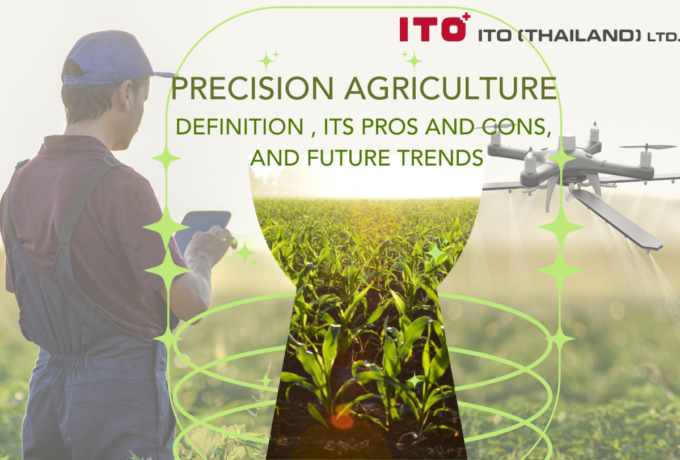
Precision Agriculture
Precision agriculture has revolutionised how we approach crop management by optimising the inputs to meet specific requirements. Even though it is not a new system, recent technologies have made it possible to apply it in practical productions. In this blog, we will discuss the definition of precision agriculture, its pros and cons, and future trends.
-
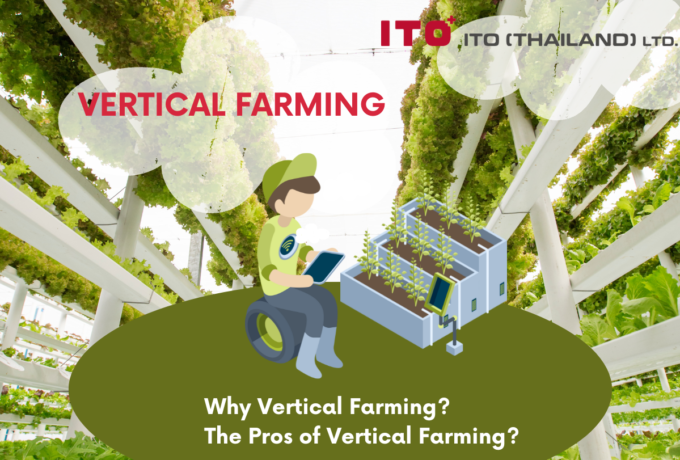
Vertical Farming
Agriculture has utilised nearly all the available land, causing growing difficulty in finding land on the earth’s surface. With limited resources, meeting the world’s food demands will require more innovative and dependable methods of producing safe food, and the answer lies in vertical farming.
-
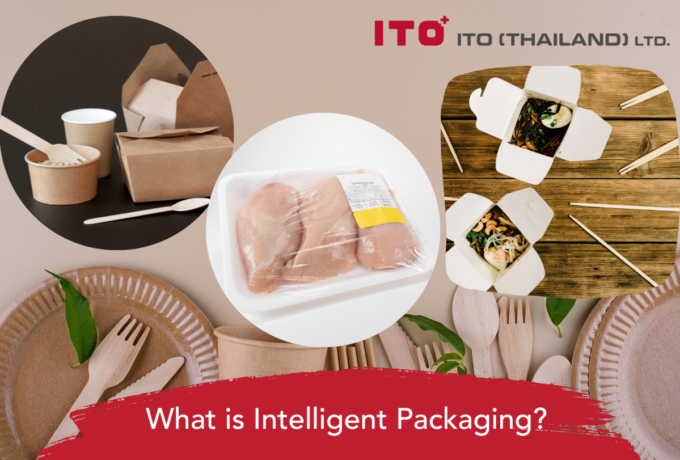
Intelligent Packaging
Without packaging, food products would last for only a short period of time, impossible for logistics management, difficulties in the supply chain system, quick quality deterioration, and prone to contamination to risky foodborne pathogens. In reality, there are many more functions that packaging is contributing to food products, as well as many types of smart packaging. Intelligent packaging is considered to be a part of smart packaging, so in this blog, we will discuss the contribution of intelligent packaging to food products.
-
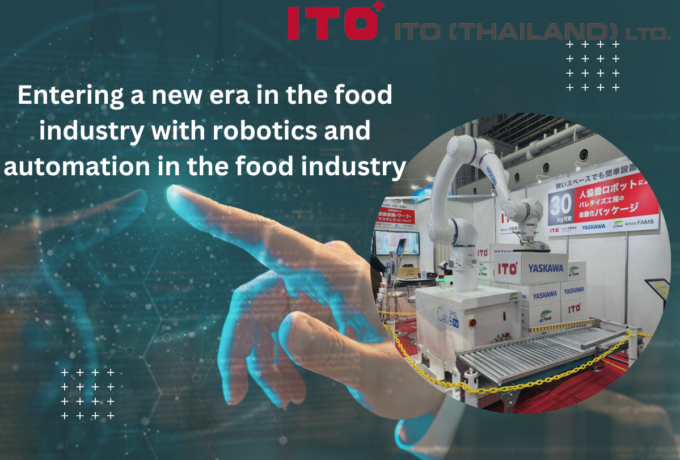
Robots & automation in the food industry
Entering a new era in the food industry with robotics and automation in the food industry
-
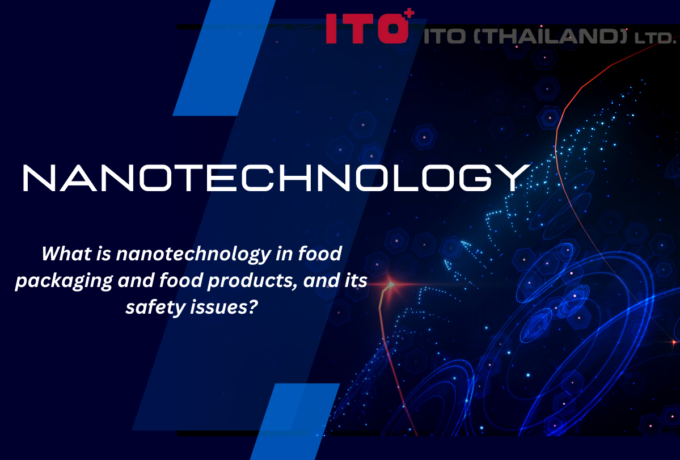
Nanotechnology in the Food Industry
Nanotechnology has been brought to our attention for the last decades, and it has provided various beneficial applications to the food industry. Unlike other technology, nanotechnology has broadened the knowledge in the food industry to another level in a nanoscale dimension. It involves almost every aspect of the food industry, including food packaging, food processing, as well as functional food development and enhancement of food safety. In this blog, we will discuss how nanotechnology is used in food packaging and food products, and the most important part, its safety issues.
-
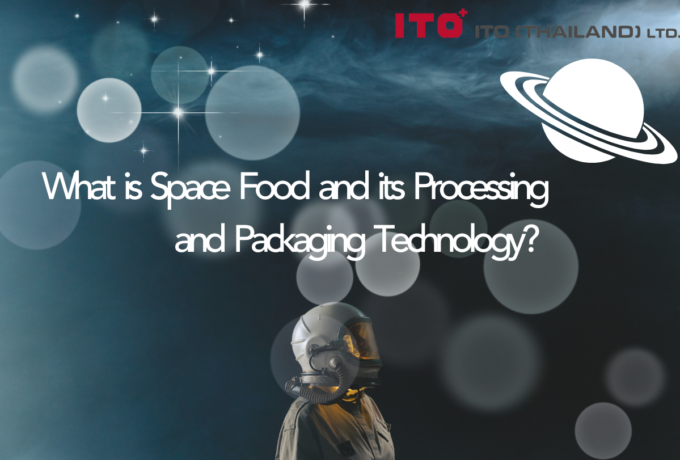
Space Food (Part 1)
In recent years, there has been a number of research in regard to foods for long-term transport. We have discussed that some types of food, such as 3D printed food, are customisable and able to create personalised meals. Doubtlessly, it is capable of long-term missions such as aerospace and military applications. Space food, its processing and packaging technology, as well as space food and waste management will be discussed in this blog.
-

Food industry 4.0: Machine learning for new era of food safety
Let's understand the food industry 4.0 and examples of the use of machine learning technology in the food industry.
-
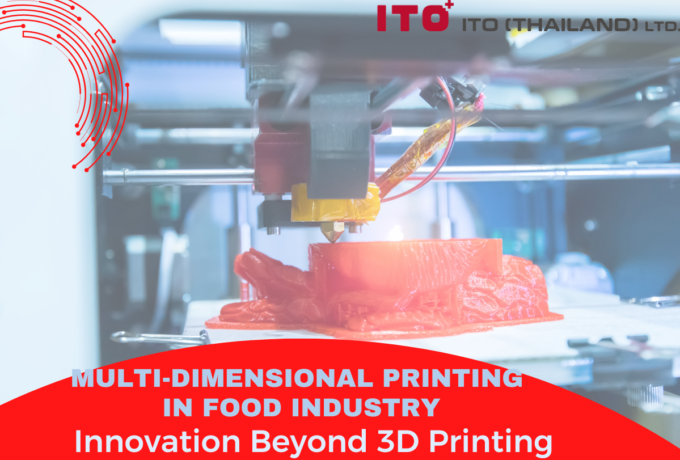
Multi-Dimensional Printing in the Food Industry
In recent years, three-dimensional (3D) printing method has been widely used by creating a design based on Computer Aided Design (CAD) software and printing based on layer-by-layer deposition, food manufacturers are able to develop complex shape, and detailed structure food products. 3D food printing has generated value-added products and more customer satisfaction through printable sophisticated designs and make the impossible possible. An introduction to multi-dimensional printing, commercialised products and applications, effects on food safety and quality, advantages and disadvantages, and 4D/5D/6D printing perspective will be discussed in this blog.
-
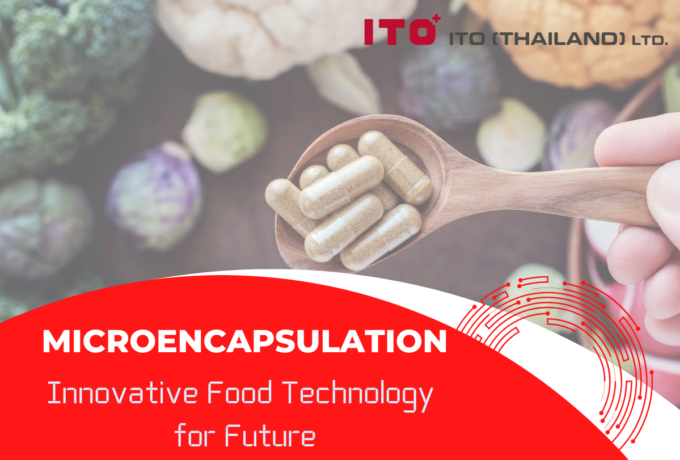
Microencapsulation
In recent years, food scientists are developing a new and innovative tool to provide more beneficial properties to foods. For instance, functional foods can promote good health as well as reducing risks of diseases or improving immunity with this particular tool called microencapsulation technology. It is used to provide stability, protect, and retain the sensitive functionalities of food such as nutrients, beneficial bacteria and inhibit unpreferred interactions. Moreover, bioactive compounds (BACs) such as postbiotics can be delivered with an encapsulation as well. An introduction to microencapsulation, its processing, advantages, challenges, and its global food market situation will be discussed in this blog.
-
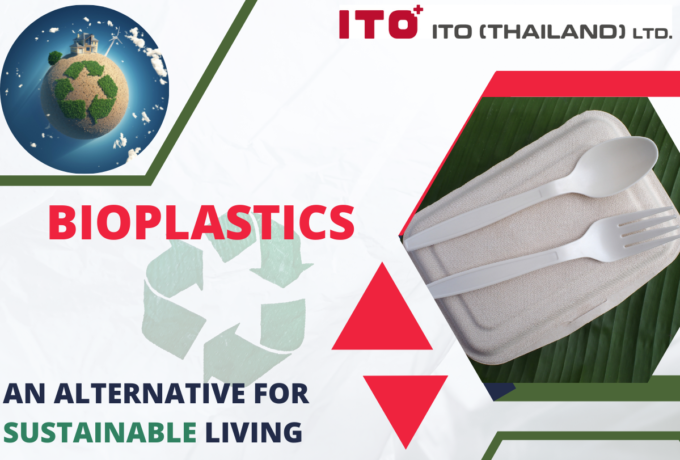
Bioplastics
Recently only 9% of plastic wastes were successfully recycled, whereas 22% is mishandled and these numbers have raised concerns amongst researchers throughout the world. The COVID-19 pandemic has accelerated the use of more packaging for food products in regard to safety concerns and it is important for manufacturers to switch to an eco-friendlier alternative such as packaging materials made from PLA bioplastic. An introduction to PLA material, its potential opportunities in the food industry, its benefits, drawbacks, safety issues, and sustainability will be discussed in this blog.
-
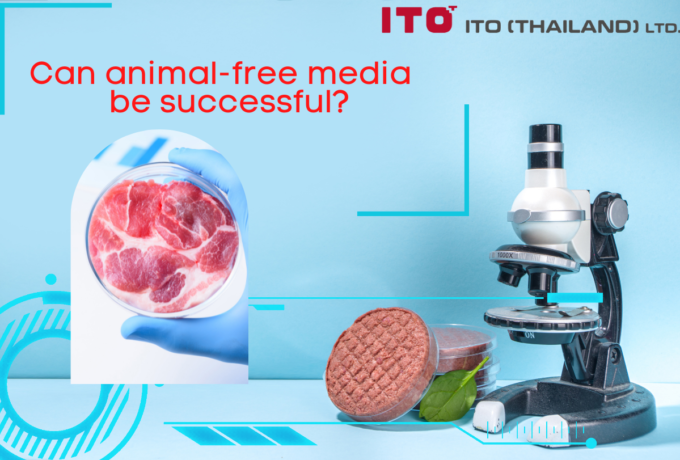
Cultivated meat
Have you ever heard of cultivated meat? It is also known as cultured meat, cell-based meat, lab-grown meat, in vitro meat, artificial meat, clean meat, and no-kill meat. In regards with these terms, cultivated meat is considered as a new method to produce meat products and it has gained public attention for the new innovative features with an environmentally friendly manufacturing process. This blog will discuss the definition of cultivated meat, how it is being manufactured, the effects on the environment, and whether it will be a sustainable meat alternative?







